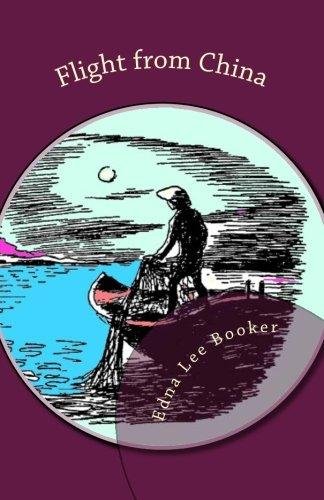White slave traffic especially to the far east was a matter of concern. European women were much in demand in places like Shanghai in the 1930s and prior.
In his book, The Road to Shanghai, Henry Champly details the export route of white slave traffic, i.e prostitutes to China. Specifically to Shanghai. Fake theatre groups touring Singapore and other places in the far east, pimps luring women with promises of marriage or helping to set-up dressmaking business etc was the modus operandi to procure women for the white slave trade.
On his voyage aboard various steamers to different places including Singapore, Saigon, Hanoi, Hainan, Hong Kong, Canton he gleans more information and anecdotes on the white slave route to China. The White women were in much demand not by the white men alone but also the eastern men who fancied the pale-skinned voluptuous white girls. The profits were enormous and worth all sorts of risks.
Sailors had many stories on Shanghai as the “sanctuary of the White Venus” who was “more radiant than the New York one , more captivating than the Parisian.”
in 1933, “Shanghai women=Russian women.” In 1910s & later, it was the American women, “the idols of mercenary love” who ” dazzled” Shanghai. 1933 was clearly a Russian year….
In Shanghai, “the Mecca of pimps, the capital of trade in white flesh,” Champly learns from a pimps’ lawyer (Marcel) all about Caveau Montmatre at the end of Avenue Joffre(Huahai road), it’s owners Lucien, the chauffeur and Paoletti, the Admiral (chauffeur and admiral being their nicknames). The white slave traffic we learn through Marcel has huntsmen who pick the White women from Europe, Siberia and Australia, forwarders who escort her to Shanghai and finally the receivers who initiate and exploit the women into the sex-trade in Shanghai.
Cabarets, taxi-girls, the dregs of Shanghai in Chue-pao-san (Blood alley/Xikou Lu), Foochow/Fuzhou Lu , Chapei/Zhabei…all over the White prostitutes calling, “Coming dearie” could be seen and heard. Japanese, Chinese men besides the westerners were their clientele. The busty Harbin Jewess virago procuress for Venus Bar, Mme R, her French husband, Monsieur R, his mistress Sofia, Schira, the transvestite (or perhaps gay?), Shanghai’s underbelly is well described.
Champly even carries a letter to Canton for a Chinese warlord from Paoletti, the sixty something Corsican “Admiral.”
What stuck me in this translated book is the oft repeated bemoaning of the western “loss of face” as White women were now pandering to the “Yellow” men. It was beneath their dignity and the Russian women especially from Harbin speak of their pitiable condition that led them to prostitute themselves in Shanghai.
A good read.
Leave a Response »









